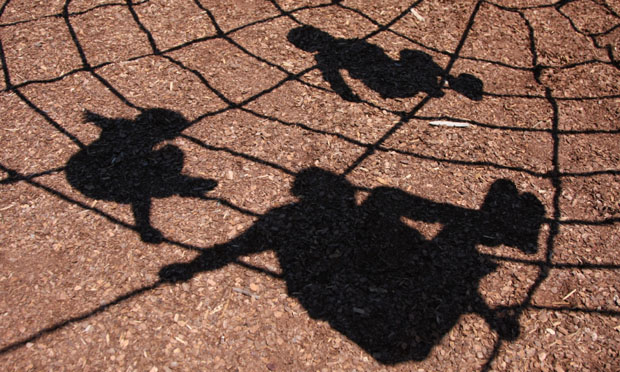The Centers for Disease Control and the U.S. Department of Justice have found that 11% of high school girls and 4% of high school boys report having been forced to have sex at some point. Moreover, research from the National Criminal Justice Reference Service has found that 1 in 15 U.S. adults report being forced to have sex during their lifetimes. Because of under-reporting and community codes of silence, however, this continues to be a particularly difficult area for researchers seeking conclusive figures.
To deal with the relative lack of consistent data, a 2009 metastudy from the University of Barcelona published in Clinical Psychology Review, “Prevalence of Child Sexual Abuse in Community and Student Samples: A Meta-Analysis,” analyzed 65 research studies across 22 countries to estimate an “overall international figure” for such abuse.
The study’s findings include:
- An estimated 7.9% of men and 19.7% of women globally experienced sexual abuse prior to the age of 18.
- U.S. rates were 7.5% for males and 25.3% for females.
- The highest prevalence rate of child sexual abuse geographically was found in Africa (34.4%.) Europe showed the lowest prevalence rate (9.2%). America and Asia had prevalence rates between 10.1% and 23.9%.
- South Africa has the highest prevalence rates for both men (60.9%) and women (43.7%). Jordan presents the second-highest prevalence rate for men (27%), followed by Tanzania (25%). Rates between 10% and 20% are reported for males in Israel (15.7%), Spain (13.4%), Australia (13%) and Costa Rica (12.8%), while the remaining countries all have prevalence rates below 10%.
- For women, seven countries reported prevelence rates above 20%: Australia (37.8%), Costa Rica (32.2%), Tanzania (31.0%), Israel (30.7%), Sweden (28.1%), the United States (25.3%) and Switzerland (24.2%).
- The generally much-lower rate for males may be partially inaccurate; under-reporting may be particularly prevalent because of the “possibility of greater shame and the fear that they will be labeled as homosexual (if the aggressor was another man) or weak (if the aggressor was a woman), which may combine with the fact that they are more often accused of having provoked the abuse.”
The study’s authors note that “the studies all agree that child sexual abuse is a much more widespread problem than previously estimated … and even the lowest prevalence rates include a large number of victims who need to be taken into account…. Indeed, research confirms the importance of the problem among both men and women in all the countries studied.”
Tags: crime, children, youth, metastudy, sex crimes


Expert Commentary